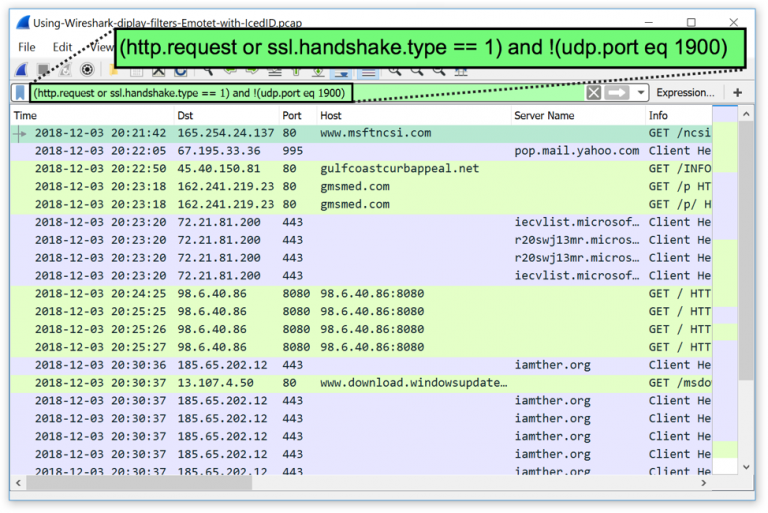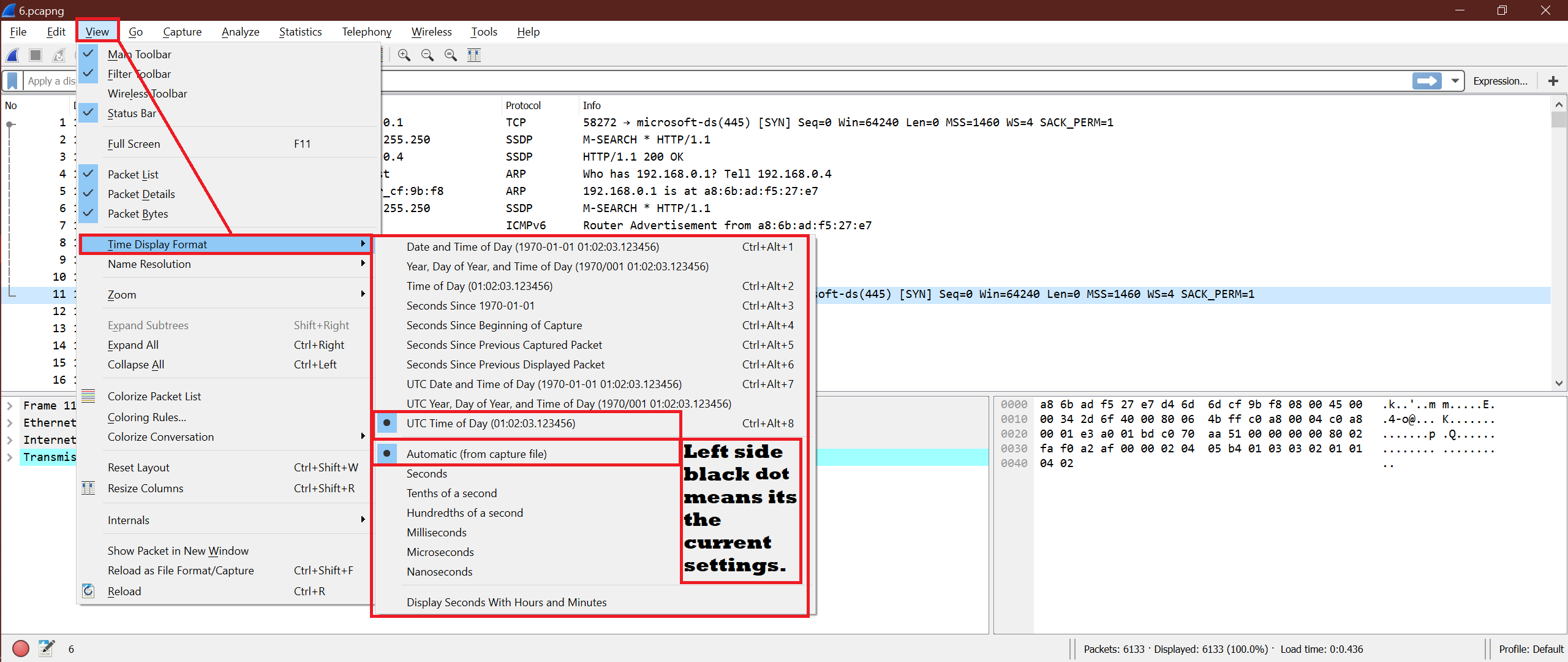
A colleague of mine wrote something similar to this a while back with intentions of publishing it but never did, so I’m glad someone set forth on a similar project. I’ve been playing with CloudShark all morning and I’m very impressed. It looks like the folks at QA Cafe have just launched a new project called CloudShark. If you want to know more about the Wireshark basics, join my Slack Workspace or send me an email.I woke up this morning and was very excited to see a post on a blog a frequent, Packet Life.

In my next articles I will cover more about the analysis of specific use cases. You can already see how powerful Wireshark is. My feeling is that the topics covered in this article should give a first introduction to Wireshark filters and statistics. To open it click on the “Statistic” tab and select “Conversations”.

The “Conversations” statistic give you the same information by conversation for the “Ethernet, IPv4, IPv4, TCP, UDP” layer.

To open it click on the “Statistic” tab and select “Protocol Hierarchy”. The “Protocol Hierarchy” gives you a statistic which shows how many packets / bytes / bits are sent by Protocol. Statistics: Protocol Hierarchy & ConversationsĪn important step is to get an overview about the captured protocols and TCP conversations. To open it click on the “Statistic” tab and select the first choice “Capture File Properties”.

In addition I will show you some basic statistics to get a first overview about your tcpdump. Following article will show some of the most needed capture and display filter.


 0 kommentar(er)
0 kommentar(er)
